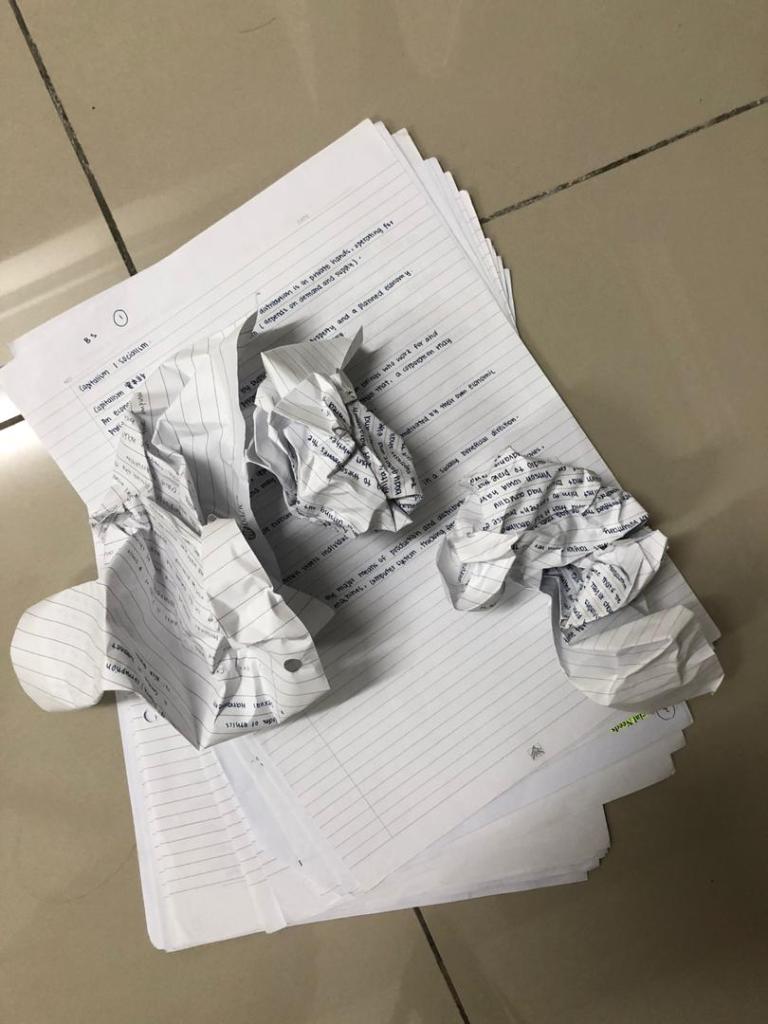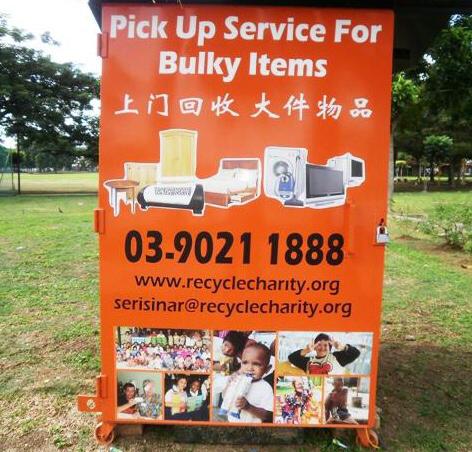Household waste, also known as domestic waste or residential waste, is a disposable material produced by the family. Household waste is commonly referred to as garbage or trash.

The waste can include non-hazardous waste and hazardous waste. Non-hazardous waste may include recyclable or composted food residues, paper, bottles, etc. Examples of Hazardous Waste include batteries and household cleaners.

The amount of Household Waste produced by household can vary depending on factors like revenue and lifestyle.
The Effect of Household Waste
Household hazardous waste not only has direct impacts on human health but also contaminates groundwater and increases the risk of contaminating wildlife’s habitats. Pollutants can leach from littered household waste into the ground, contaminating the soil.
Ways to Reduce the Household Waste
There are many ways Household Waste can be reduced including:
- Donating clothes.
- Eliminating single use plastics.
- Buying sustainable options (bamboo toothbrush over plastic toothbrush).
- Say no to bottled water.
- Go straw-less.
- Rethink food storage.

